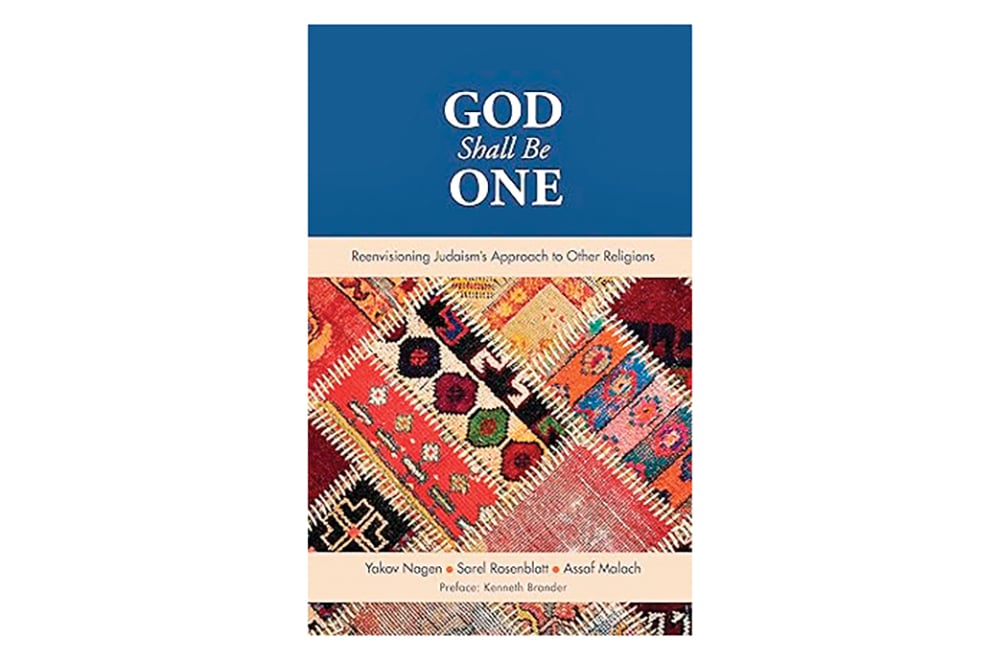
Today we are all familiar with the term “Chamesh Megillot. We also probably imagine that there were once five books that were each called a “megillah” and that the custom or enactment to read each arose at the same time. But these are all misconceptions. The term “Chamesh Megillot” and our five readings are only the end result of a long evolutionary process.
The origin of the reading of Esther on Purim is an obligation set forth in Mishnah Megillah and repeated in the Talmud. (The yearly ritual reading may even have long preceded the time of the Mishnah.)
In contrast, there is no Mishnaic or Talmudic obligation to read Eicha on the Ninth of Av. Rather, the Talmud (Taanit 30a) lists “Kinot” (= Eicha) as one of the texts that we are permitted to read on the Ninth of Av, despite the general prohibition of study on this day. (See also Jerusalem Talmud, Shabbat 16:1, that refers to Amoraim who were studying “Megillat Kinot” on the eve of the Ninth of Av, after Minchah.)
So at least with respect to Esther and Eicha, a connection between the texts and the holiday is found in Talmudic sources or earlier.
This is not the case with regard to the other three readings. For two of these, our earliest source is a post-Talmudic work, Masechet Soferim. The Encyclopaedia Judaica entry on Masechet Soferim in the 1972 edition viewed it as a compilation dating from eighth-century Palestine. According to more recent scholarship, the work was not completed until the ninth or 10th century. (Unfortunately, the new Encyclopaedia Judaica did not revise their entry to reflect the latest scholarship, and merely reprinted the 1972 entry. This is unfortunately typical.)
There are three relevant passages in Masechet Soferim. 14:3 states briefly that for Ruth, Shir HaShirim, Eicha and Megillat Esther one recites the blessing “al mikra megilla.” 14:18 refers to a practice of reading Shir HaShirim on Pesach and Ruth on Shavuot. The custom referred to was to read these at night on separate evenings, breaking the reading into two. Finally, 18:4 tells us that some read “Sefer Kinot” (=Eicha) in the evening and others read it in the morning. (Nowhere does Masechet Soferim provide the reason for the Ruth and Shir HaShirim readings.)
Critically, Masechet Soferim does not refer to any practice of reading Kohelet on Sukkot. (There are Rishonim who quote the passage at 14:3 with the word “Kohelet.” But most likely the word “Kohelet” was not in the original passage.)
So even though we have a concept of “Chamesh Megillot” today, the origin of each ritual reading differs widely.
What exactly is our earliest source for the practice of reading Kohelet on Sukkot? The introduction to Kohelet in the Daat Mikra edition (p. 5) is very vague on this issue, and I wondered for decades about it. Only in preparing this column did I discover the answer. I will now explain.
The Tannaitic baraita found at Baba Batra 14b lists the order of the Ketuvim as follows: Ruth, Sefer Tehillim, Iyyov, Mishlei, Kohelet, Shir HaShirim, Kinot, Daniel, Megillat Esther, Ezra, and Divrei HaYamim. (“Ezra” included Nechemia. They were one book in this period.) As you can see, the books that we read today as “megillot” are scattered in this list. (Even though Jews were not yet using codices in this early period, they still needed guidance for an order in the event that they wrote multiple biblical books on one scroll.)
A few weeks ago I wrote about the Aleppo Codex from the early 10th century. This was a biblical text that had been stored in Aleppo, Syria, from the 14th century until recent times. Large sections of the Aleppo Codex are now missing due to anti-Jewish riots that broke out in Aleppo on Dec. 1, 1947, after the U.N. voted to partition Palestine. In 1958, what remained was smuggled to Israel.
In the Aleppo Codex, Kohelet, Eicha and Esther are all missing now. But over the centuries, the Aleppo Codex was much studied, so we know how it presented the order of its books. Its order in Ketuvim was: Divrei HaYamim, Tehillim, Iyyov, Mishlei, Ruth, Shir HaShirim, Kohelet, Eicha, Esther, Daniel, Ezra-Nechemia. All of our five ritual reading texts are grouped together! This strongly suggests that they were all read on our five holidays in the early 10th century in the locale where the Aleppo Codex was written, Palestine. So this 10th-century source from Palestine is our earliest source documenting or at least strongly implying a Kohelet reading on Sukkot.
I mentioned earlier that Masechet Soferim itself was not compiled until the ninth or 10th century. So our implied reference to the reading of Kohelet on Sukkot is not much later than the estimated date of the compilation of Masechet Soferim. (I am willing to conjecture that after readings originated for Pesach and Shavuot, it was decided that the third regel, Sukkot, needed a reading as well. Kohelet was perhaps the obvious choice from the remaining books of the Ketuvim.)
As is evident from what I have written so far, there is no reference at all to the Ruth, Shir HaShirim and Kohelet readings in the Babylonian Geonim. The origin of all these readings seems to be Palestine.
With regard to the order of the five in the Aleppo Codex, they are presented in chronological order. Ruth, from the time of the Judges, is listed first, followed by two works attributed to Shlomo. Eicha and Esther are listed last. Later, a different order is found in biblical manuscripts, the order the books were read in the calendar year. This order is Shir HaShirim, Ruth, Eicha, Kohelet, Esther. In modern times, the former is the order in the Daat Mikra. The latter is the order in the Soncino.
What about the term “megilla”? In the passage at Baba Batra 14b (a baraita that probably dates from the second century C.E.), the term is only used in connection with Esther. Later, we find the term “megilla” used in connection with Eicha in the Jerusalem Talmud: “Megillat Kinot” (Shabbat 16:1).
I was going to suggest that the term “megilla” only came to be used with the three others after the custom to read them ritually developed. But the book of Ruth is referred to as a “megilla” by an amora named R. Zeira at Ruth Rabbah 2:14, and this reference would seem to precede the practice of reading Ruth on Shavuot. (But note that the term used here is not “Megillat Ruth.” The statement is “megillah zo ein bah lo tumah ve-lo taharah…)
A close look at the passage at Masechet Soferim 14:3 reveals something very interesting. The passage states briefly that for Ruth, Shir HaShirim, Eicha and Megillat Esther one recites the blessing “al mikra megilla.” Yet the passage itself only used the term “megilla” for Esther!
I also want to mention a responsum of R. Moses Isserles (Rama). He explains that in his time (16th century), the practice was for Shir HaShirim, Ruth and Kohelet to be read by each individual. There was no public reading. (This and more is discussed by Rabbi S.Y. Zevin, in “Festivals in Halachah” [ArtScroll translation, Shavuos section], pp. 284-286.) This responsum supplements Rama’s comments in Orach Chayim, sec. 490.
Finally, an easy question is the root of the word megilla. It comes from the root “GLL,” which means “to roll.”
P.S. There is a word “biglal” found 10 times in Tanach. It always means something like “because of.” But most likely it derives from “GLL”=roll, and it originally meant “as a result of the way things rolled.” Similarly is “sibah” for “reason.” This comes from “SBB,” which means “turn.” Even in English we explain a result by saying “this is how things turned out!”
By Mitchell First
Mitchell First is a personal injury attorney and Jewish history scholar. He can be reached at [email protected]. There are Jews all over the world who have fragments of the Aleppo Codex. He does not (yet) have one.













